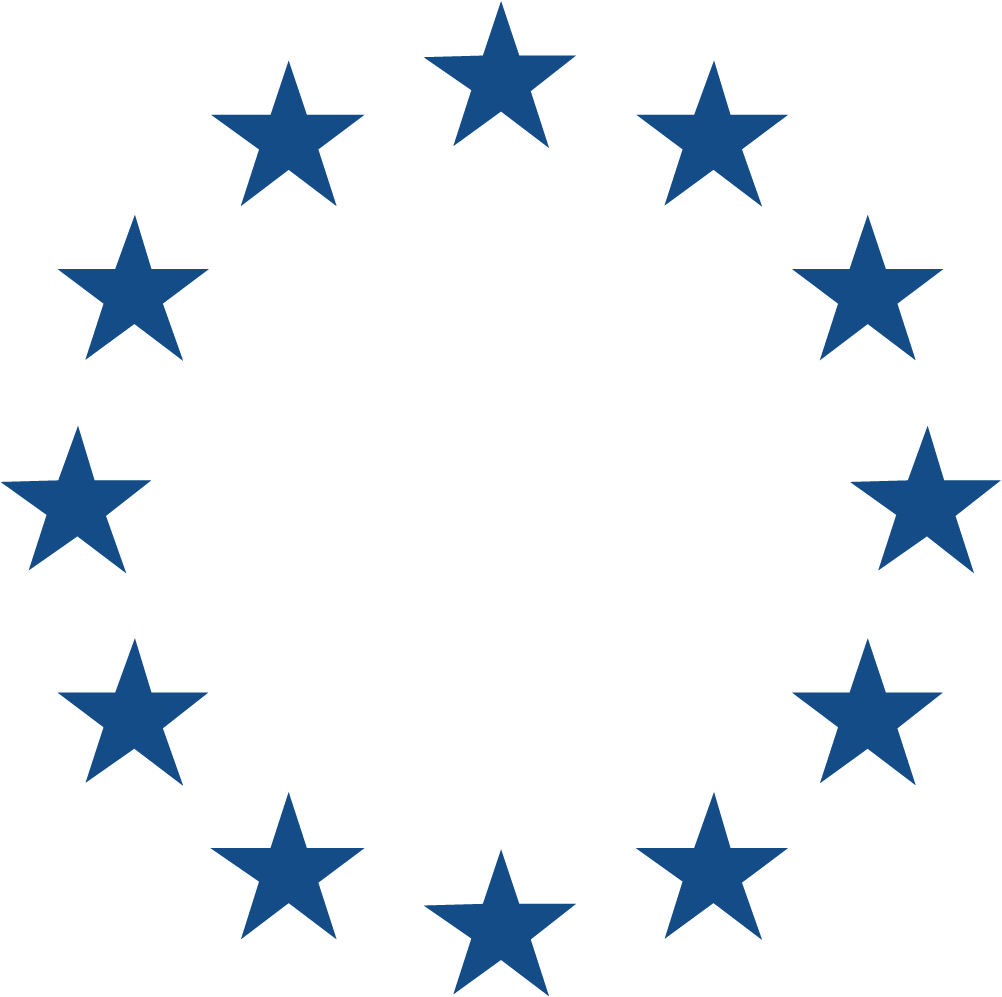Delivering on Member States’ agreed priorities – making full use of the prioritisation framework at EU level
The EU’s Strategic Compass for Security and Defence recognises the return of war in Europe. Facing with multi-layered threats, Member States have set ambitious objectives for bolstering their military capabilities and developing agile, interoperable, technologically advanced, and resilient forces capable of defending the European security order. This ambition requires that Member States be bolder and faster in filling critical capability gaps, improving collective efficiency in defence investment by overcoming fragmentation, achieving full interoperability, investing in strategic enablers, and advancing towards full spectrum high-end capabilities.
EDA’s end-to-end planning framework provides the baseline and general orientation for the coherent development of the European capability landscape and serves as a key reference for the EU’s defence initiatives.
Member States agree on the EU Capability Development Priorities through the Capability Development Plan (CDP). The CDP is the analysis from which the EU Capability Development Priorities are derived, based on an agreed process. The CDP and resulting priorities serve as the central reference document for defence planning EU-wide and for all defence-related initiatives and instruments such as the Coordinated Annual Review on Defence (CARD), the Permanent Structured Cooperation (PESCO), the European Defence Fund (EDF) and any future EU supporting tools.
In simple terms, the CDP tells where to focus the efforts at EU level for improving defence capabilities, CARD offers the opportunity to discuss concrete ambitions regarding the priorities and gives options how to address them collaboratively. PESCO, together with other collaborative tools, offers options on how to achieve these intents in a collaborative manner, while the EDF is supporting the European Defence Technological and Industrial Base in their preparation to provide solutions into these common needs.
Although distinct, these initiatives contribute to the same goal: delivering more capabilities through empowering European cooperation and, by maturing projects that implement the revised EU Capability Development Priorities, Member States will develop the necessary capabilities to render the EU a capable security provider and contribute to the defence of the European security order.
14
Capability
Development
Priorities
 LAND
LAND
- Ground Combat Capabilities;
- Landed Based Precision Engagement;
- Future Soldier Systems
 MARTIME
MARTIME
- Naval Combat & Maritime Interdiction;
- Underwater & Seabed Warfare;
- Maritime Domain Awareness
 CYBER
CYBER
- Full Spectrum Cyber Defence Operations Capabilities;
- Cyber Warefare Advantage & Readiness
 AIR
AIR
- Air combat Platforms & Weapons;
- Airborne Command & Informed Capabilities;
- Integrated Air & Missile Defence;
- Air Transport
 Space
Space
- Space Operations;
- Space Services
 STRATEGIC ENABLERS & FORCE MULTIPLIERS
STRATEGIC ENABLERS & FORCE MULTIPLIERS
- Electro Magnetic Spectrum Operations (EMSO) Dominance;
- Persistent & Resilient C4ISTAR;
- Military Mobility;
- Critical Infrastructure Protection & Energy Security;
- Sustainable and Agile Logistics;
- Medical Support
Each of the EU Capability Development Priorities are further detailed into relevant key areas to be impacted, and a time horizon for this impact is envisaged in broad terms, namely short, medium and long terms (6, 12 and 12+ years).
These modules are further refined through so called Strategic Context Cases, which map the European capability landscape and propose activities, or so called ‘Avenues of Approach’, to be taken forward by Member States in a cooperative manner. The Strategic Context Cases are living documents and are developed by Member States within EDA, in close coordination with the EUMC and EUMS. They allow to identify what actions and steps have to be taken in cooperation in the short, mid- and long-term to achieve a more coherent set of deployable, interoperable and sustainable capabilities, for the use in CSDP missions and operations, or within other national or multinational frameworks such as the UN or NATO, considering that Member States have a single set of forces.
The Strategic Context Cases provide an integrated view on what can be done on the basis of cooperation in each of the capability domains, informing national defence planning and the implementation of EU initiatives such as CARD, PESCO, EDF. They therefore also include references to Research & Technology priorities more specifically identified in the Overarching Strategic Research Agenda (OSRA). They will also refer to the so called Key Strategic Activities (KSA): skills and industrial manufacturing capacities considered important for the implementation of the priorities and underpinning the notion of EU strategic autonomy.
The Overarching Strategic Research Agenda is the reference for research priorities, informing Member States focus as regards defence research activities. OSRA builds on the thematic sectorial Research Agendas developed in EDA Technology Working Groups (CapTechs) involving experts from government, industry, small and medium enterprises (SME) and academia. OSRA defines 136 so called Technology Building Blocks (TBBs) – common research and technology priorities – which have been agreed by national R&T Directors. They will serve as a basis for developing detailed technology development roadmaps with a view to launch cooperative R&T projects and inform funding decisions taken in the context of the EDF.
The identification of Key Strategic Activities aims at supporting the EU’s ability to identify those critical skills, areas of know-how and industrial capacities, that are deemed essential to underpin Europe’s strategic autonomy. The Agency thereby analyses the industrial dimension of identified capability and research priorities and determines in which area the European Defence Technological and Industrial Base, namely European manufacturing capacities, as well as skills and competences need to be reinforced. The development of these KSA reports in consultation with Member States and industrial stakeholders, provides an additional angle and valuable information to steer future investment decisions at EU level.

This comprehensive and coherent prioritisation framework informs both national defence planning of Member States and the EU defence initiatives across the capability, research and industrial dimensions.
The present platform provides differentiated access to Member States, EU stakeholders, other international organisations and industry to the prioritisation documents, in line with the relevant distribution policy agreed by Member States in the EDA Steering Board.
USEFUL LINKS
CAPABILITY DEVELOPMENT PLAN
Research & Technology
EU DEFENCE INITIATIVES
Technology Watch and Horizon Scanning Tools


